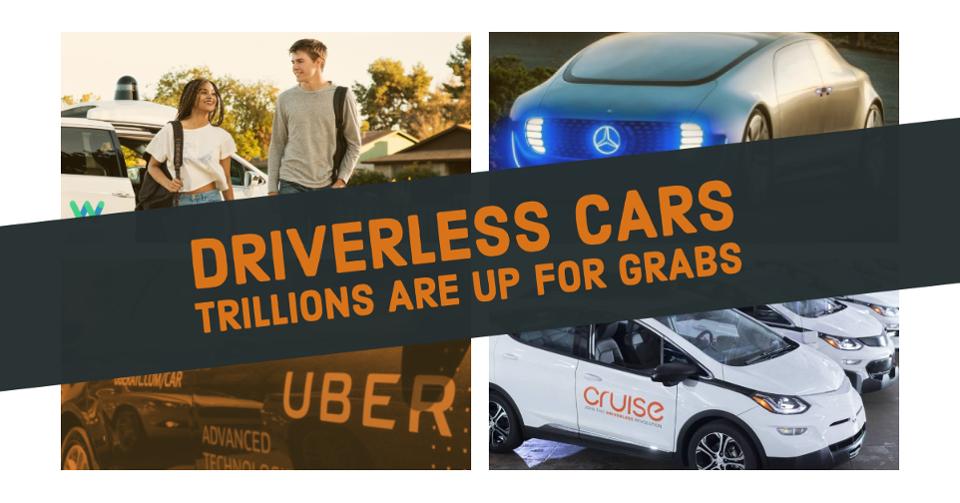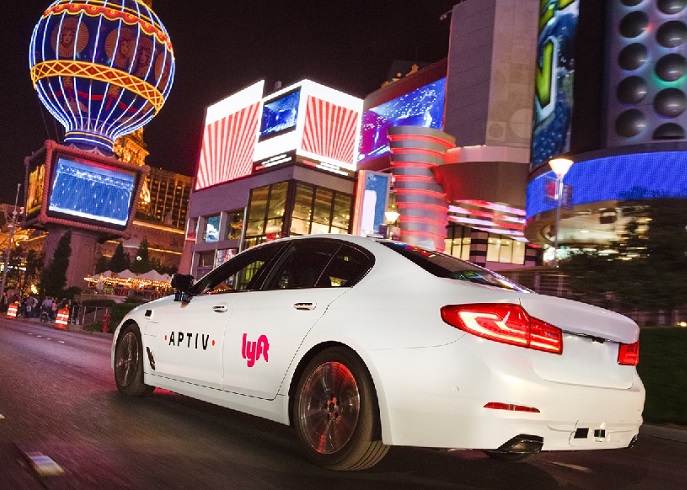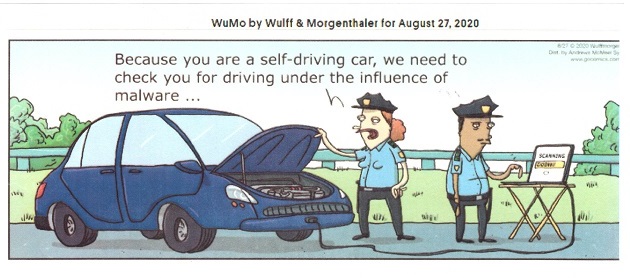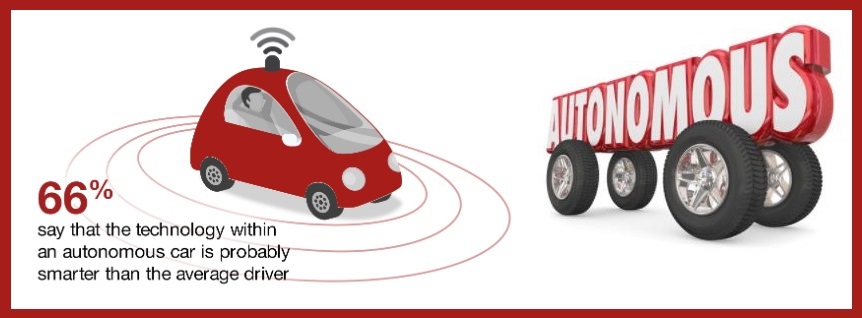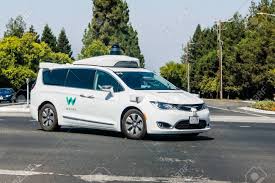
There have been enough crashes, including ones that killed people (sometimes the drivers and passengers), that there needs to be improvements in the technology. For example, a woman driving a Tesla on May 11, 2018, was using its “Autopilot” feature crashed into the back of a fire truck in Utah. Unfortunately, autonomous vehicles won’t make roads completely safe.
